10 ways to stay connected on the go without your smartphone
Great ways to stay easily mobile and online if you want to drop your pocket buddy

Ten years after the first iPhone burst onto the scene, defining the smartphone, more than a billion people across the world use a smartphone every day, and in the west roughly two-thirds of the population have committed to the ‘smart’ life.
From breakfast to midnight, our phones are often never more than a foot away from us, and the internet access they offer has become a crucial part of our lives. But what happens if your phone drops out of the equation, whether that be through misadventure or just a general desire to switch off?
No phone doesn't have to mean no internet, as you’re just losing your handset's data connection. If you arm yourself with a tablet or a laptop we've found ways to keep you connected, and it may be surprising to discover what you can still do when out and about (although you may need to buy a SIM card with some data to keep things ticking over for some of the options below).
It might require being a little creative, it might take a little patience, but it's certainly possible to ditch the smartphone and remain a fully productive digital citizen.
1. Using a portable Wi-Fi hotspot
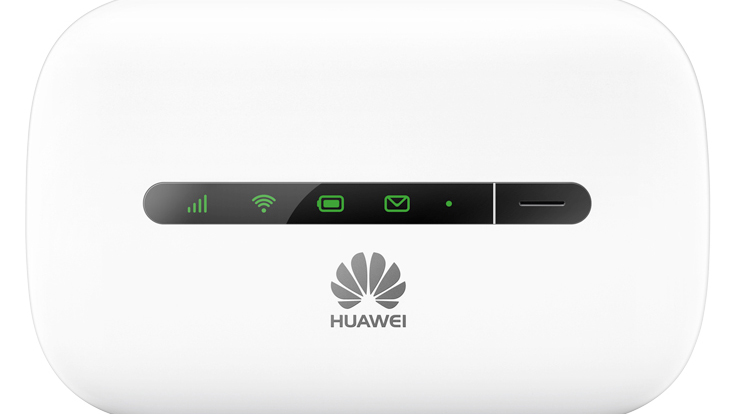
By far the simplest way to stay connected without a smartphone by your side is by using a portable Wi-Fi hotspot, in tandem with a tablet or laptop.
These little hockey-puck shaped objects have SIM-card connectivity, and often come with generous data plans, which comes in especially useful for business customers.
Most major phone networks offer specialist packages, and they can even prove to be a practical substitute for your home Wi-Fi network should your wired connection be poor. There are certainly lots of good options available.
Get daily insight, inspiration and deals in your inbox
Sign up for breaking news, reviews, opinion, top tech deals, and more.
2. Using a laptop with built-in connectivity
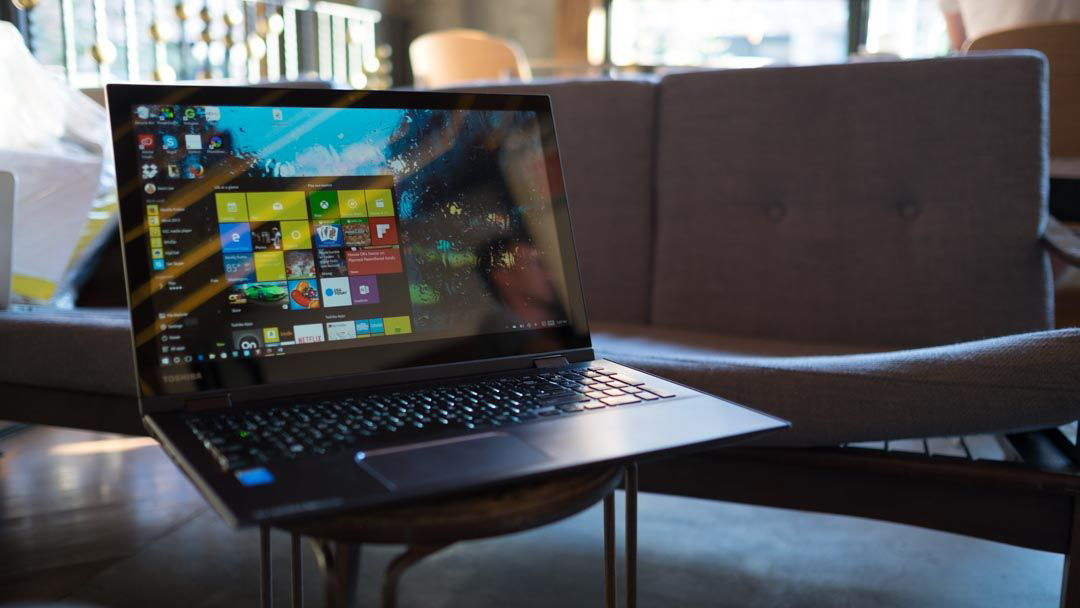
In a similar vein to the Wi-Fi hotspot, some laptop manufacturers (such as Toshiba with its Portege line) have opted to make things even simpler for the discerning business customer by offering laptops with SIM card slots, giving access to 4G on the go.
No matter where you are, as long as you have a compatible card to hand it’ll be possible to continue the eternal search for the fabled inbox zero.
3. Using a car with built-in Wi-Fi
Car manufacturers, eager to ride the wave of modern technology, have been quick to abandon CD players for a whole host of gadgetry.
The newest fad is to include Wi-Fi, and SIM card functionality, or to add it through the likes of the various in-car Wi-Fi models which plug directly into the car’s 12v socket.
Now family car trips to Cornwall need no longer be endurance runs for parents, with the kids in the back able to gobble down YouTube while real-time navigation is possible with a tablet or smarter connected sat-nav.
4. Use public transport or go shopping
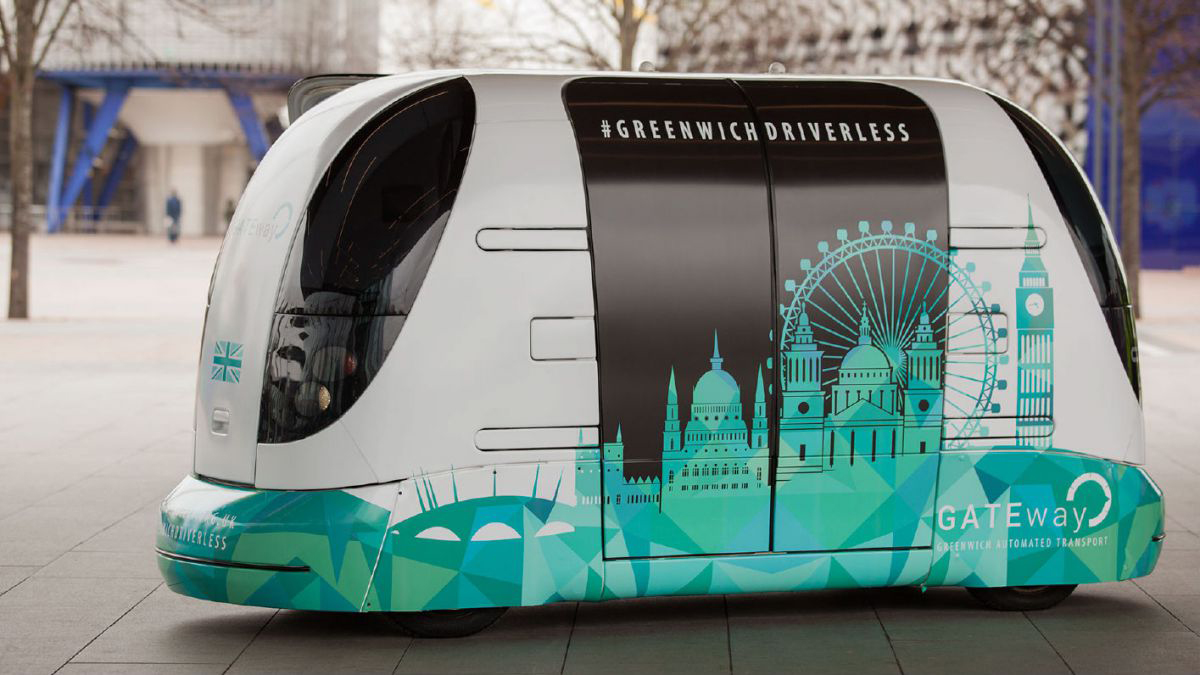
There’s a plethora of public Wi-Fi options out there these days - now nearly every coffee shop, supermarket or bus offers the ability to connect to the web (for the small price of your personal information, of course), making it is easier than ever to keep up with your necessary data as and when you need it without being beholden to a constant buzzing in your pocket.
The bigger benefit here: the same system even applies abroad, so you don’t need to worry about where you are to use it.
Just make sure you’ve connecting to legitimate hotspots - they’ll be listed in the locations you frequent. Hackers sometimes make similar-looking Wi-Fi networks to connect to, so make sure you’re vigilant.
5. Using a feature phone instead
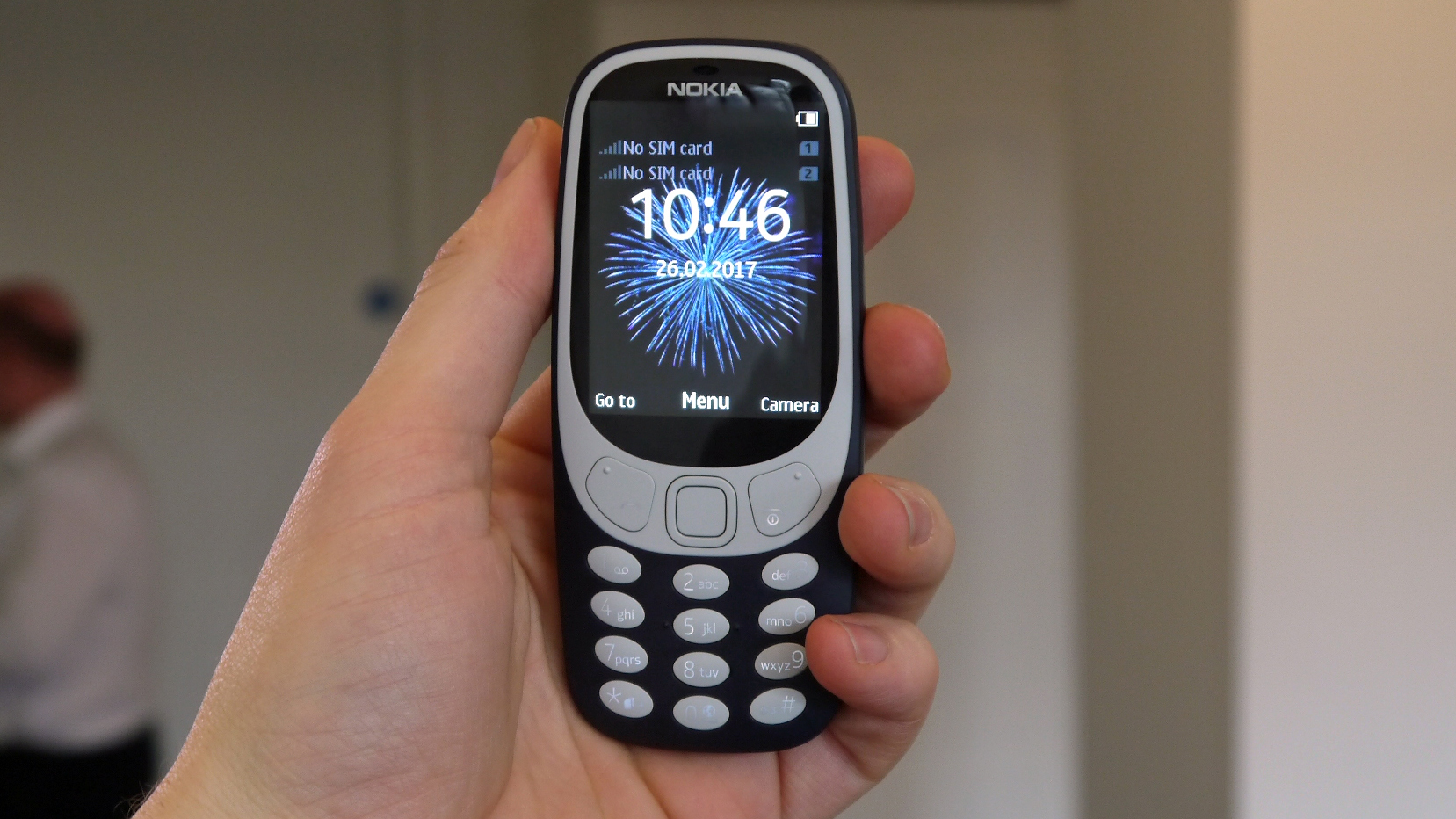
While many of us were quick to abandon our beloved flip phones for our modern glass sandwiches, the little critters are still kicking about, and some offer more functionality than ever.
For those who want the convenience of voice calls and texting with none of the pressure of being really ‘connected’, the hotspot functionality in many of these handsets is a life saver, allowing you to dip in and out as you please. This really is the holy grail for those looking to unplug while still being in the loop.
6. Using a smart TV

It is said that Hercules faced 12 trials to achieve immortality, but there was a little known 13th hurdle that defeated him.
Legend has it that Zeus asked Hercules to write an email on a smart TV using a standard remote, and some say that he is still composing that message to this day.
While we wouldn’t advise doing something like that on your TV (although there are remotes that have full QWERTY keyboards on them to make this possible) modern sets allow you to browse the web easily and some even come with apps to let you see the weather or get other small news bursts to keep you quickly up to date, without getting sucked down the Facebook rabbit hole.
(The 4K resolution of the likes of the Samsung UE43KS7500 would certainly make the results look wonderful too).
7. Using a smart fridge
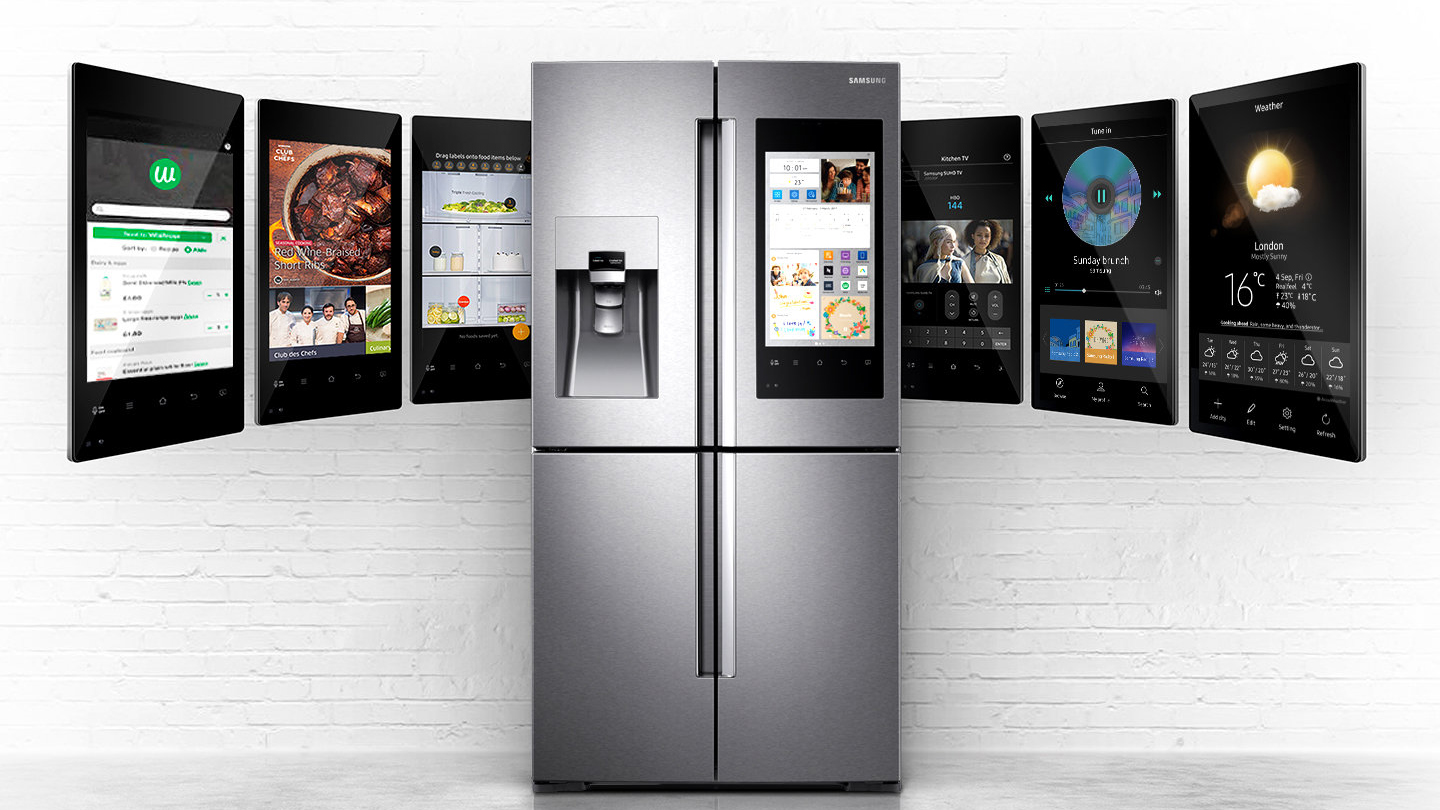
As you’ve probably noticed, this list is all about helping you get the stuff you need done through being connected without being bugged by a thousand other notifications.
The Samsung Family Hub is a large fridge, with a webcam and a 21.5-inch touchscreen running a custom operating system, and it’s perfect for helping make your culinary experience far improved.
Users who spend their entire lives in their kitchens can do everything their gastric section desires - from looking up recipes to ordering more food - from the comfort of their fridge.
8. Using a connected smartwatch
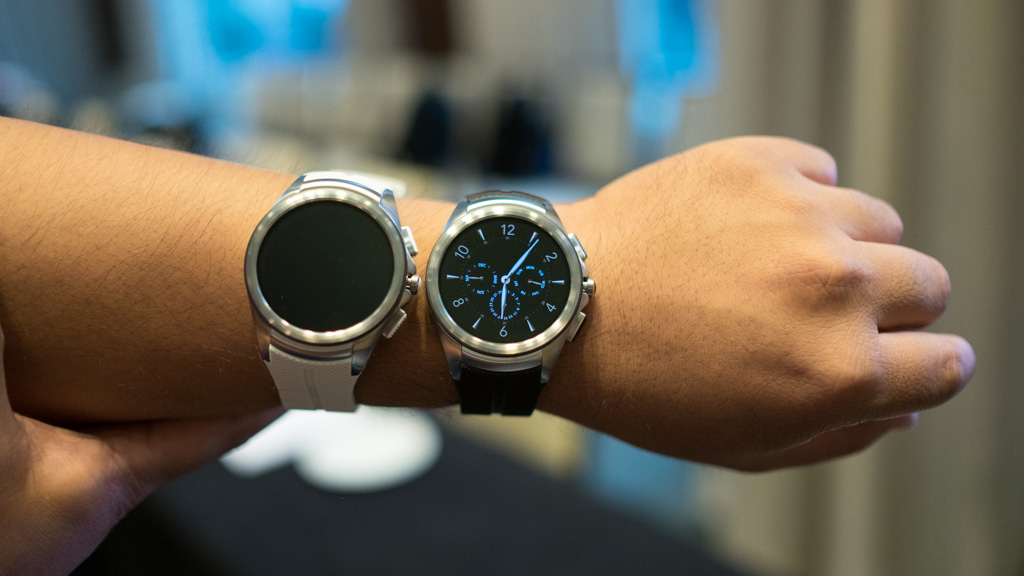
The smartwatch revolution may not have taken off quite like the pundits expected, but a few quality models still make their way to the market, some with quite unique functionality.
The Samsung Gear S3 offers the option of cellular connectivity for those intent on typing out WhatsApp messages on exceptionally tiny screens.
These offer a full-web browser, but perhaps not the best user experience. Many watches, such as the LG Watch Urbane can also accomplish the same thing on Wi-Fi.
Again, this is a situation where the difficulty of using the device might be an effective buffer against compulsion and can allow you to focus on things like exercising, which can be tracked without connection and uploaded when you’re back with connectivity.
9. Using a dongle
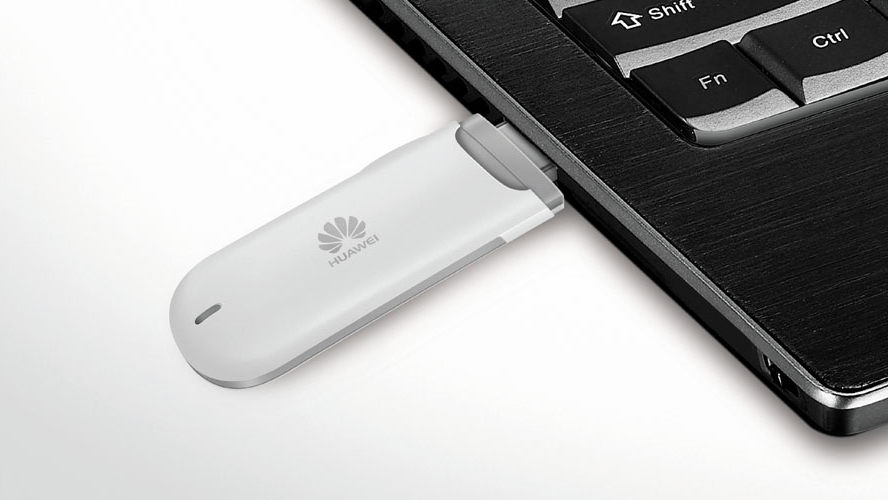
Something that many a business user will be well acquainted with, these older Wi-Fi dongles are still used by a few - come on, you’ve probably got one rattling around in a drawer at home or work, and maybe even with some data still left unused.
Essentially a pen drive with a SIM-card slot built in, before many people discovered the ability to use their phone as a wireless hotspot (and in the era of stingy data allowances) these were often life-savers, and still an excellent way to stay connected should you need to.
You have all of the control, and it can be a very pleasant sensation - just get a pay as you go data package, slot the SIM in and you’re away.
10. Using the library

This may seem like a slightly left-field option, but the nation’s libraries – keen to attract Joe Public back to the land of paper Wikipedia – have embraced the digital revolution.
Much as at internet cafes, but without the hassle of paying, many libraries offer public internet access and Wi-Fi, indeed this is a beloved option for many more mature users.
In a situation where you have no back up, this might just be a (very) figurative life-saver. Certainly, it is a boon for those looking to leave the smartphones behind but also to still indulge a little in the digital world, even with the phones of others going off all around, like wasps in matchboxes.
This article was brought to you in association with Vodafone
Sean is a Scottish technology journalist who's written for the likes of T3, Trusted Reviews, TechAdvisor and Expert Reviews.